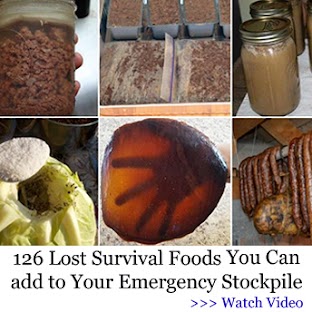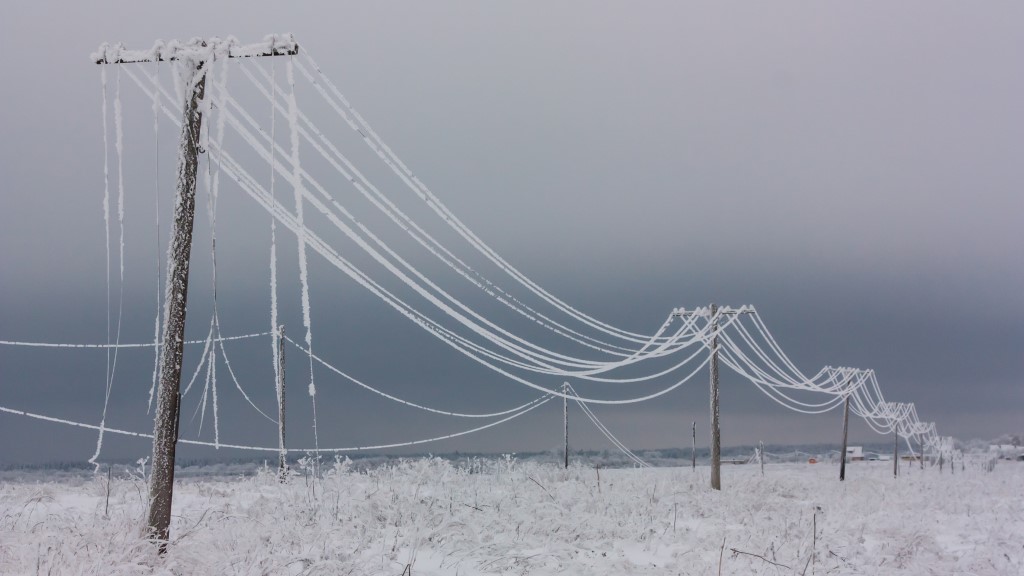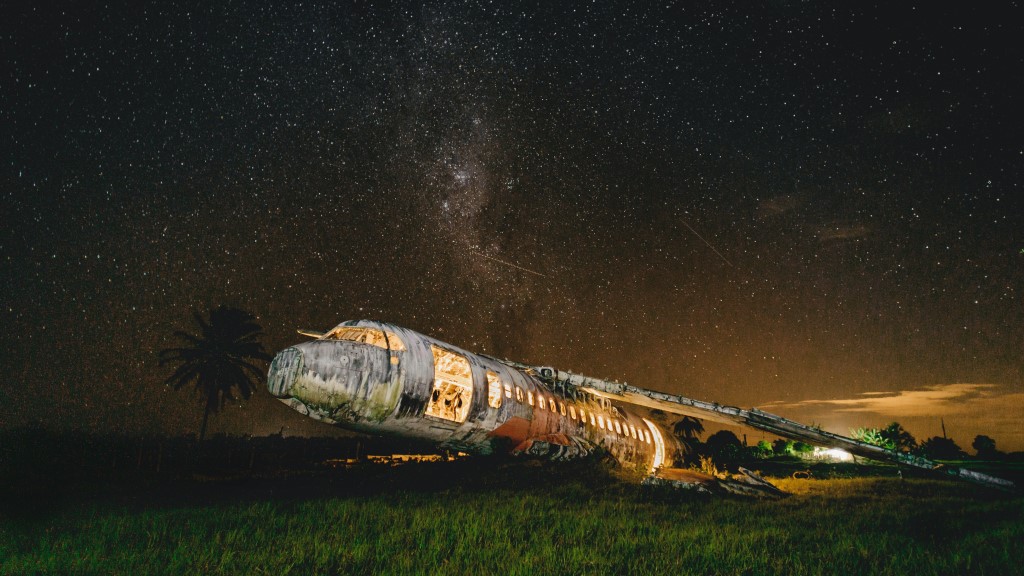Going into the wilderness with a big sharp knife, fire starting tools, a gun, and plenty of ammo so you can play with sharp sticks, fire, and other neato things without the skills to use them is almost asking for an accident.
Make sure you bring a first aid kit with you and the skills to use it. When journeying into the wilderness it’s important to carry a first aid kit along with the knowledge to use it.
It’s always a wise investment to take a first aid course, and you can even find free course in your community.
Here’s a few tips for a wilderness first aid emergency…..
First, check if the casualty is in any danger, or will put you into a dangerous position by helping them. Avoid moving a casualty with unknown injuries, unless there is a greater danger in leaving the casualty where he or she is.
If necessary, make the area safe, but put your own safety first. Do not move anyone with a suspected neck or spinal injury, unless difficulties in breathing make this necessary.
1. Check breathing
Check that the airway is open and the casualty is breathing.
A person who is unconscious has no control over their muscles, therefore, their tongue is the single most common cause of an airway obstruction.
The airway can be cleared by simply using the head-tilt/chin-lift technique, see the figure. This action pulls the tongue away from the air passage in the throat.
The Recovery position
2. Bleeding
Stop any bleeding right away. All types of external bleeding, such as open wounds, are treated in the same way – squeeze together the sides of the wound.
Apply direct pressure to the wound with your fingers, or preferably a sterile dressing. In an emergency, an article of clean clothing will do.
Lie the casualty down and lift the wounded part above the level of the heart. This slows the bleeding. Bandage the wound firmly but take care not to cut off the circulation to the area.
Internal Bleeding
3. Shock
Shock is a condition of general body weakness, and is present in all cases of accidents, to a varying degree. The shocked casualty may feel weak, faint, giddy, anxious or restless.
Keep the casualty warm and quiet and give all the reassurance you can.
Wilderness first aid kit
Do not forget to bring your own Wilderness First Aid Kit. Make sure you know what your kit contains and how to use the materials for effective first aid. A good idea is to add an easy-to-read basic first aid instruction book.
Please keep in mind that the information presented here are only general guidelines. There’s no way I could ever possibly cover everything in this article. My intention here is to get your mind thinking and headed in the right direction.
For real medical training TAKE A WILDERNESS FIRST RESPONDER COURSE!!!! Also, please consult a physician, or take a first aid class at a minimum before attempting any of this.






